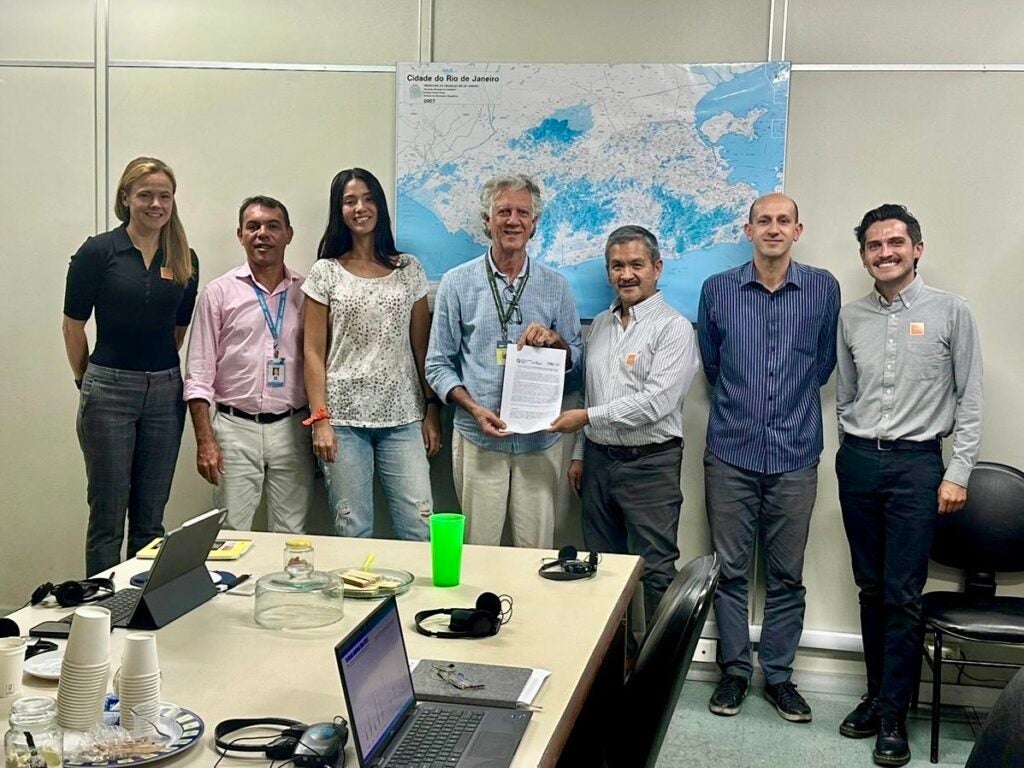
What’s new: Our recent trip to Brazil in June gave EDF the opportunity to formalize partnerships with city and state officials in Rio de Janeiro and São Paulo, as these megacities seek new ways to better track and address air pollution.
Alex Franco, Sergio Sanchez and I also met with city experts, academics and community members to discuss how Air Tracker can help these growing metro areas as they try to address persistent challenges from soot and other pollutants.
These cities pose new challenges for Air Tracker, such as integrating a global weather forecasting model for the Brazilian expansion and addressing data limitations in areas like modeling, emissions inventories and ambient air quality, but we’re looking forward to learning how we can adapt the tool to meet the needs of Brazil’s cities.
Why it matters: Most Brazilians (90%) live in cities, where air pollution levels exceed the World Health Organization’s recommendations. The Brazilian government is set to adopt a resolution in September that will establish gradually stricter standards for soot (PM2.5) and other air pollutants over the next 20 years. However, current air quality levels expose millions to unhealthy air. We hope our work there will help Brazil achieve its air quality goals to protect public health and serve as a model across the region.
The good news: Local, state, and national leaders are eager to tackle air pollution. EDF has partnered with the Ministry of Environment and Climate Change since last year to enhance regulations and enforcement plans to help reduce air pollution on a national scale.
EDF has also partnered with local authorities in Rio de Janeiro (SMAC, Rio de Janeiro’s Municipal Secretariat of Environment) and São Paulo (CETESB, the São Paulo State Environmental Agency) to deploy Air Tracker to analyze patterns in air pollution and learn how it moves through the city. This will help identify major sources and develop effective solutions. They’ve already given us a list of hotspots like industrial areas, warehouses where vehicles idle and traffic chokepoints where they feel Air Tracker can help make an impact.
Beyond that, we’re excited that local leaders are interested in connecting with community partners as well as state and health officials to build broad support for clean air solutions.
Our trip also gave us the opportunity to meet with nonprofit community leaders and academics from across Latin America at an air quality modeling conference, where Alex Franco presented on Air Tracker. These kinds of local connections will be critical as we improve Air Tracker, so it can meet the policy needs of Brazilian leaders and the residents they serve.
Go Deeper: This trip was made possible thanks to the Clean Air Fund and its generous support for the global expansion of Air Tracker. It’s also part of our ongoing efforts to reduce air pollution across Latin America and the Caribbean.
